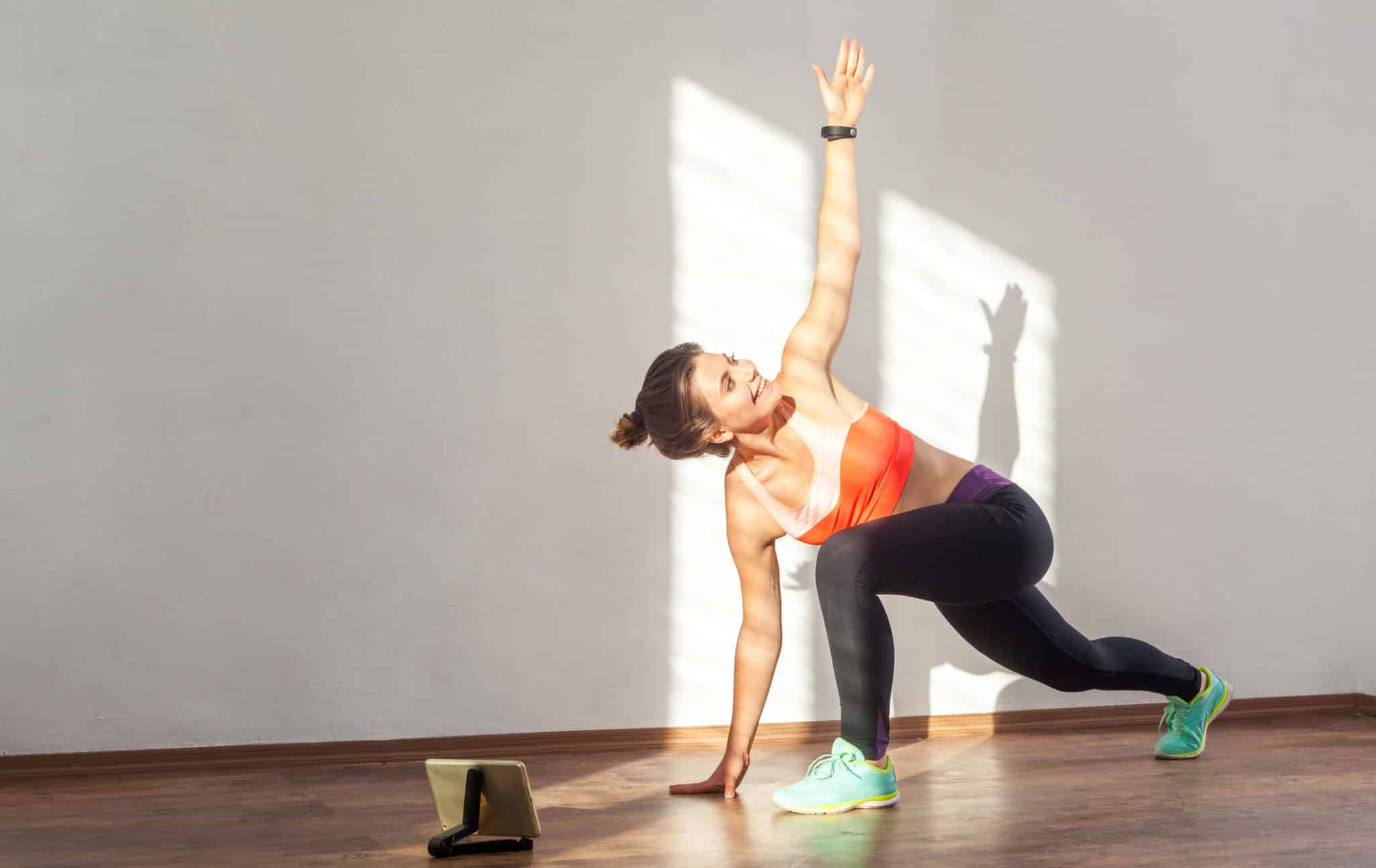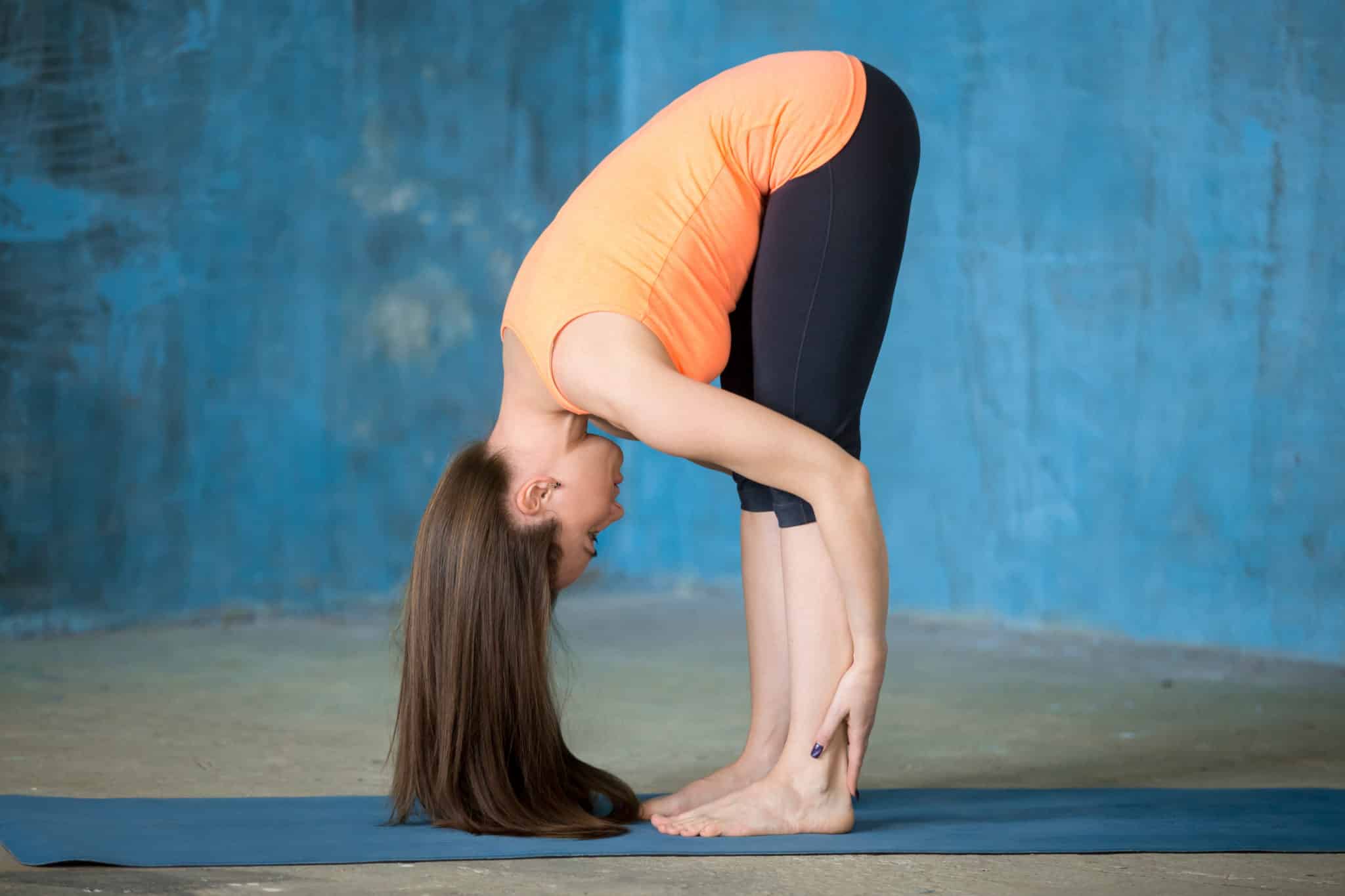
Many people overlook the importance of daily stretching because plopping down on the sofa after a long day seems far more relaxing than grabbing a mat and doing a couple of exercises. If you are someone who tells yourself you should start stretching but avoids it like the plague, this is your sign to start.
Since your life slowly shifted to working remotely, this is an opportunity to control your health and your new workflow and routine. Keep reading through this blog as we help you transition from couch potato to resilient potato.
After days of long hours sitting at your desk at home or worse on your couch while overextending your neck staring at your computer, you are sore. Let’s face it; there is no denying the tension in your neck or the trigger of pain in your mid-back.
Your body is crying out for some love, and your brain needs a breather!
You’ve been working for hours, and your late afternoon coffee is not helping; regardless of being physically active or not, stretching decreases the risk of injury and keeps your joints and limbs moving optimally day in and out.
Not to mention, it gives your body and muscles the rejuvenation it needs after a long day of sitting. Plus, your mind can use a moment of quiet to allow you to come back to the breath, which we’ll touch on later on in this blog.
To get the full benefits of stretching without hurting yourself, we must cover a few greens and red light criteria to follow when you decide to take your “work from home stretch break.”
GREENLIGHT
RED LIGHT
Now it is time to grab your mat, throw on something comfortable and try work from home stretch break.
Essential for posture-related pain and individuals who sit for prolonged periods.

Piriformis is an internal hip rotator located on the outside of the butt and produces a lot of movement in the hips.
The piriformis stretch is helpful for those struggling with sciatica.


The shoulder squeeze stretch is designed for poor posture and tension in the lower back.
Relieving the neck also has positive impacts on the upper body, shoulders, and spine.

This section of the blog will shine a light on two aspects of stretching the mind. One that will help you train your commitment and introduce the breath into your work from home stretch.
Let’s start by talking about breath.
When we hold our breath during a stretch, it is most likely because we are overstretching, resulting in injury and muscle strain. Allow the breath to be a barometer to help you gauge how far you can go and the way you move.
As we hold our breath, we deprive our muscles of the oxygenated blood that it needs to convert glucose into Adenosine Triphosphate or ATP ( ATP is the energy currency for cells that provide our body with the energy required to complete an exercise).
Without oxygenated blood entering our muscles, we convert glucose into lactic acid, which results in pain.
Simple.
Exhale on exertion.
While gently paying attention to your breath, breathe out when you are working the hardest.
We want you to be successful, and we believe we must give you tools that can deliver benefits to a healthier and happier life. We can share the top 5 work from home stretches with you and send you on your way, but we would be missing one particular aspect that hinders our ability to commit and balance our remote schedules.
Training our mind is where it all starts.
To build resilience, taking baby steps is a must. How many infants have you seen run before they walk?
None.
Somewhere down the line, we were programmed to rush and take on more than we can chew. With that said, we are hindering our abilities because we give up too soon since our tasks became unachievable.
No more giving up and setting unreasonable goals. You will succeed, and here is how:
The Pomodoro technique is a timer that you can use on your computer or mobile device that enhances your productivity and commitment to a single task. It incorporates small breaks throughout your day while training you to focus.
No more irresistible self-interruptions and doing three things at once.
We were resistant to trying the Pomodoro Technique ourselves until we did, and our work ethic skyrocketed!
Here is how it works (remember what we said- don’t run before you can walk): each 25 minute Pomodoro timer is dedicated to a single task. Twenty-five minutes may seem like an absurd amount of time, but it is the ideal to help you not procrastinate.
Followed by a five-minute break to give you a chance to reset and bring your attention back to what you should be doing. Taking conscious breaks throughout the day is far more productive than following your mind each time it wants to cling to something else.
Such as your Instagram feed.
Taking many five-minute breaks can also seem daunting and counterproductive. So we made a list of five things you can do on your five-minute breaks. Remembering to find joy in smaller moments is vital to our mental health and overall happiness.
The Pomodoro gives you plenty of ideas on how to spend your breaks and using your time wisely. The next step is to start, give this a shot, and see how it works for you. Twenty-five minutes is not a long time to commit in one sitting, and you’ll notice a significant boost in your work ethic and grab control of your days.

As we bring this blog to a close, we hope it was able to provide you with golden nuggets that will enhance your work ethic, free up your to-do list, and most importantly, build a habit of stretching every day.
Remember, the goals are supposed to be attainable. Otherwise, you put yourself on the line for giving up. Start with a single stretch for two-minutes and work your way up. You can’t say no to doing a single exercise per day for two-minutes; hence the likelihood of you succeeding is high.
The overall goal is to build a habit out of stretching and stick to it. The benefits are remarkable on your body, and the secret is to be consistent. However, we can’t be consistent if we jump the gun.
In this case, we want to build a strong foundation. One Pomodoro timer at a time, one break at a time, a single stretch at a time, and slowly work your way up. We have to stretch our minds so they, too, can commit.